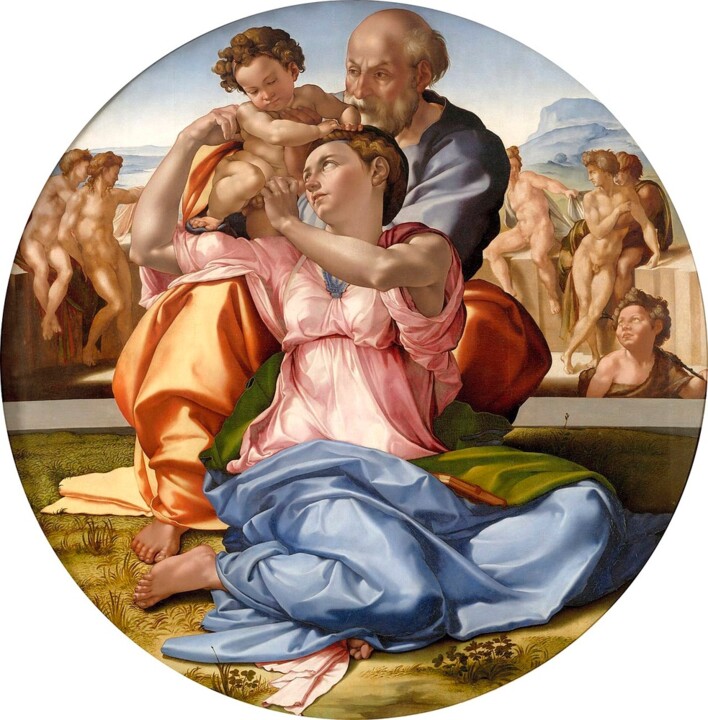 Tondo Doni, Michelangelo, (Uffizi Museum Florence - Italy)
Tondo Doni, Michelangelo, (Uffizi Museum Florence - Italy)
"Given the complexity and unpredictability of the matter, the ministry has temporarily asked its institutions to refrain from signing contracts relating to NFTs," a spokesperson for Massimo Osanna, Italy's director general of museums, told. "The primary goal is to avoid unfair contracts." The decision comes after the Uffizi Galleries made a pittance from the sale of a Doni Tondo (1505-06) NFT by Michelangelo.
The Uffizi Galleries and three other Italian museums signed a five-year contract with Cinello, an NFT production company that is attempting to carve out a niche in providing digital ownership services for museums and cultural institutions. Cinello has created NFTs of works by Leonardo da Vinci, such as Portrait of a Musician (1490), and Amedeo Modigliani, such as Head of a Young Lady (1915).
When Cinello and the museums first started working together, the story was that these cultural institutions, like so many others around the world, had taken a significant financial hit as a result of the pandemic and would need to embrace the burgeoning NFT market. When the Cinello NFTs were unveiled this past February, Guido Guerzoni, a professor at Bocconi University in Milan, told, "Museums need revolution if they want to survive." "During the pandemic's first year, European museums lost 70% of their visitors and between 70% and 80% of their revenues."
With the NFT market crashing in the last year and summer tourism rebounding in Europe, that narrative may no longer be applicable. Doni Tondo's NFT sold for €140,000 ($170,000), but the Uffizi only made €70,000 after splitting the profits with Cinello. Cinello also earned an additional €100,000 in production costs, according to a Uffizi spokesperson.


 Jean Dubreil
Jean Dubreil